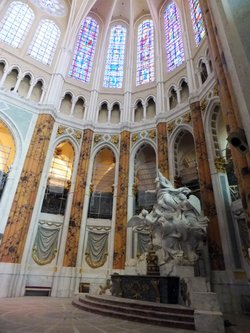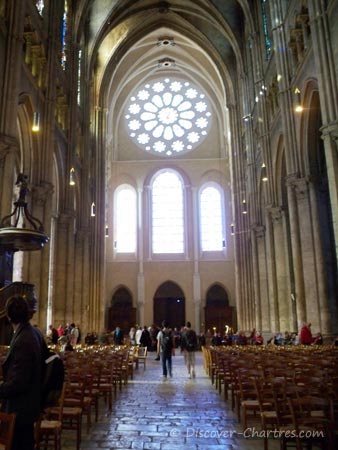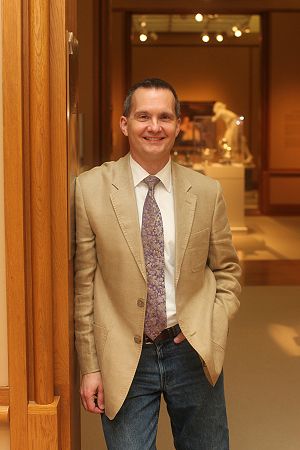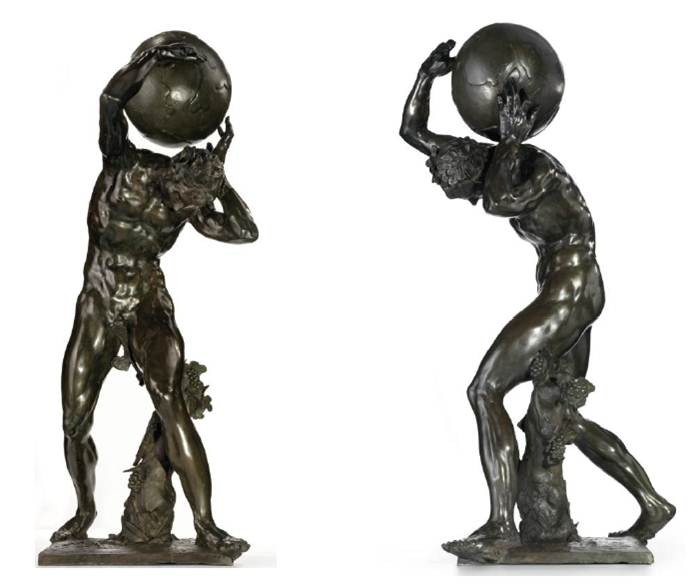The reaction in Indianapolis to the museum’s decision to go from free general admission to an $18 general admission has been very instructive. I’ve been watching local comments, and–not statistics, just my impression–the tally is overwhelming against. Again, the opposition is not necessarily against all museum admissions, it’s opposed to the gigantic jump and the way it was announced. Some commenters continue to blast Charles Venable for saying nothing since the press release was issued.
 Again, I have to ask, what board dynamics is he dealing with? And who are his public relations advisors?
Again, I have to ask, what board dynamics is he dealing with? And who are his public relations advisors?
To get a glimpse of what I am talking about, take a look at the dialogue on the Indianapolis Business Journal website. On Sunday, it asked, “Indianapolis Museum of Art admission charge: Where do you stand?”
The comments are enlightening for all museums. Have a look.
And good for the Indianapolis Business Journal for asking for a dialogue.





